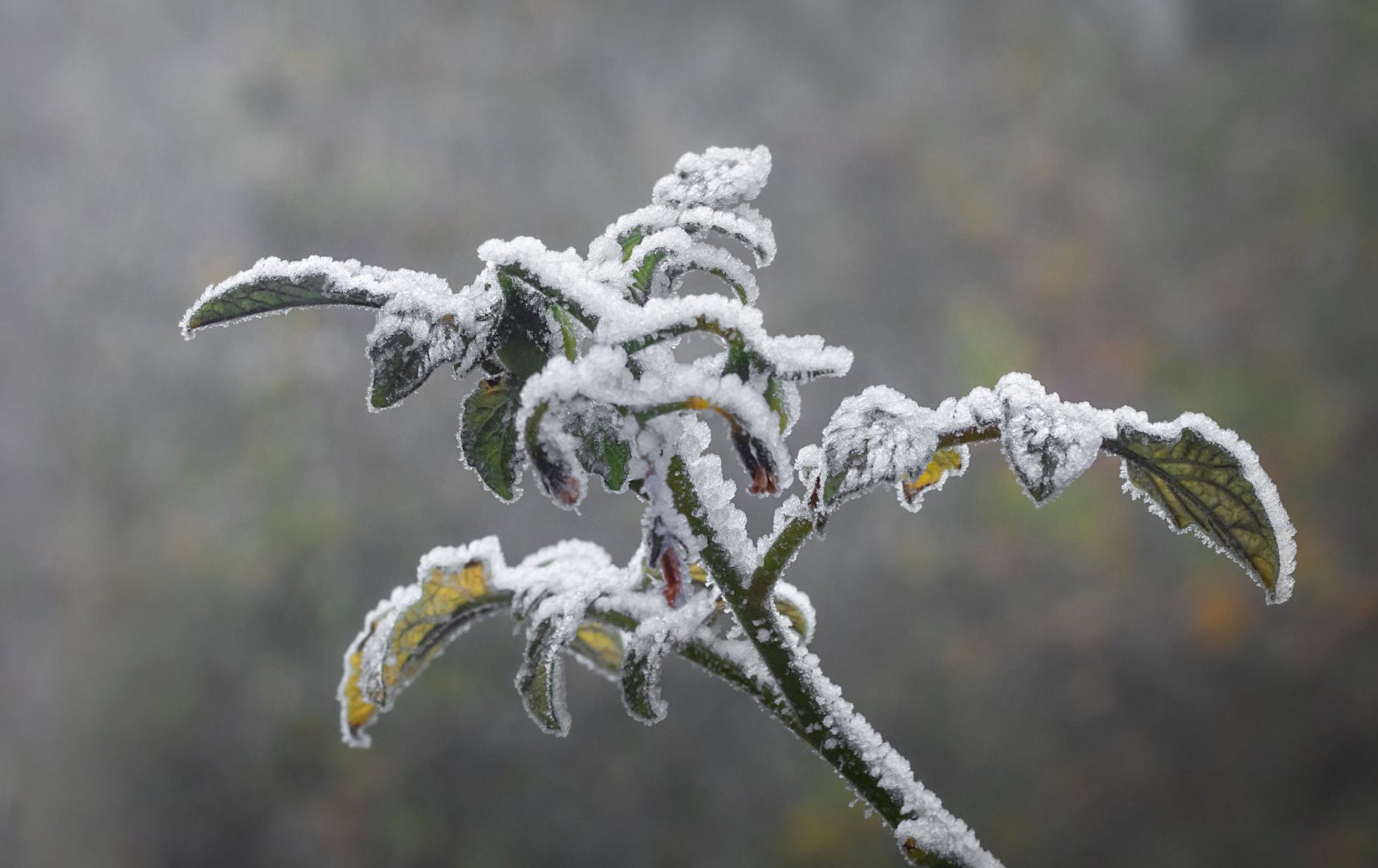Freezing temperatures are coming; remember to protect your plants
Published 7:21 am Wednesday, December 21, 2022

- A tomato plant freezes under harsh weather conditions. Photo by Alabama Cooperative Extension Service.
|
Getting your Trinity Audio player ready...
|
LAPLACE — I hear the North Shore will be getting down into the teens but that’s where Santa lives, according to my kids. Meanwhile, on the South Shore, we’re looking forward to mid-20s and nearly 24 hours below freezing. Our plants could use a little help.
For the ones that can be brought indoors, please do. If you can cover it, use something windproof like a tarp. Cover the whole plant (tree, shrub, etc.) and be sure to secure it at the ground. Any air exchange will release heat.
For some perennials like mirliton, you can expect the vines to freeze and there’s no good way to protect them. Cover the crown of the plant (where roots meet shoots) with mulch to save it and it will re-grow in spring. Remove the mulch after the freeze to avoid rotting the crown.
Our winter vegetables tend to be cold hardy but broccoli and cauliflower heads are more tender. So are lettuces and any new transplants or seedlings.
For ornamentals, Dan Gill has a good chart with freeze tolerances of some commonly grown plants.
Here is some additional information on protecting vegetables against a freeze, courtesy of Dan Gill:
COLD PROTECTION FOR WINTER VEGETABLES
Although winter vegetables are generally hardy, new plantings may need to be protected from hard freezes as will certain vegetables near or at harvest stage. If temperatures below 30 degrees F are predicted, young seedlings should be covered with a layer of loose mulch, sheets or tarps. The cover may remain over the plants for a few days, but remove it as soon as the freezing episode is over.
Even though the plants are hardy into the teens, broccoli and cauliflower heads are tender. Also, the leaves of lettuce and the leaves and flowers and pods of peas may be damaged by hard freezes in the mid to low 20s. Although protection with covers is an option, the gardener should consider harvesting all mature and nearly mature produce before a major freeze.
The following lists will give you a quick guide to the ability of some vegetables to endure freezes. Remember that such factors as the age of the plant, prior weather conditions and the location of the plants are also factors in addition to the temperatures.
LESS HARDY
Protect or harvest if temperatures are predicted to go below the mid to upper 20s: fava beans, broccoli heads ready to harvest, cauliflower heads ready to harvest, lettuce and peas.
MODERATELY HARDY
Will tolerate temperatures down to the mid to low 20s with little or no damage: Swiss chard, Chinese cabbage, kohlrabi, mustard, spinach, radishes and turnips.
VERY HARDY
Will survive temperatures in the low 20s and teens: beets, Brussels sprouts, carrots, celery, collards, garlic, onions, parsley, leeks and shallots.
If you want to know more about gardening, landscaping, or anything else horticultural, contact the St. John & St. James parishes Horticulture Extension Agent André Brock at abrock@agcenter.lsu.edu. Also, the LSU Ag Center’s website can be accessed at www.lsuagcenter.com with lots of user-friendly information, including this article.




